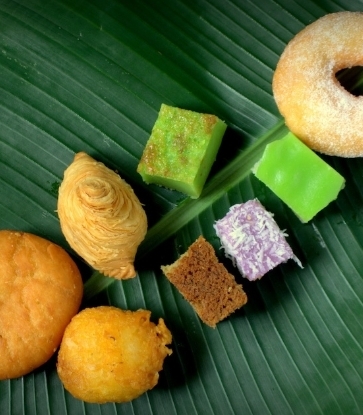Truth is, it is a far more nuanced wine than most people give it credit for. Made exclusively in northeastern Italy, prosecco and prosecco Superiore are light and refreshing tipples that can be easily enjoyed by many.
“People dismiss it. They think it’s not a wine that represents terroir, a long wine-making tradition or any kind of handcrafted, artisanal wine-making practice,” he continues.
But its delicate aroma and taste profile aren’t the only things about prosecco and prosecco Superiore that most people misunderstand. We clear up four of these misconceptions.
Changes introduced in 2009 defined two primary regions for prosecco-making in Italy — the larger and flatter DOC region, which produces higher yields, and the Prosecco Conegliano Valdobbiadene Superiore DOCG zone, which turns out far more nuanced wines made according to strict guidelines (these include handpicking grapes during daytime only).
Due to geological differences within Italy’s designated Prosecco-making regions, wines can be fruity and floral, redolent of fruits like apricots and pears, or more pronounced in their minerality. Production styles vary, too. For example, a cloudy prosecco colfondo is bottle-fermented, while some proseccos are made in a style that don’t have bubbles at all.
Sophisticated growers are now making single-vineyard expressions called Rive, while the most prestigious growing spot at present is the 106-hectare Cartizze cru not far from Valdobbiadene. Cartizze is usually made as a Dry Prosecco Superiore and is considered of the highest quality.
Myth #2: Dry prosecco is not sweet
The “dry” classification is actually meant for the sweetest prosecco you can get, with up to 32g of residual sugar. If you’re looking for something (truly) dry and clean in flavour profile, go for the “brut” that has only up to 12 grams of sugar.

One of the best things that sets prosecco and prosecco Superiore apart from champagne is its price point — even boutique labels from the DOCG region clock in at prices that make them accessible for everyday drinking. And, they pair well with food too.
“You can pair a Brut with Dover sole roasted in the oven with cream sauce and freshness, and the dryness and the minerality is a really beautiful match," says Tardi. He continues: "(For sweeter types) such as Extra Dry or even a Dry, have it with spicy Asian food, and it’s perfect. The bubbles also help cleanse your palate.”
Myth #4: The only way to drink prosecco is from a flute
While a tall, elegant glass is certainly the most dramatic vessel for prosecco (or any bubbly), the narrow shape doesn’t allow much of the surface area of the wine to come into contact with oxygen. In fact, it can block your nose from getting all the fruity and floral aromas, meaning you won’t enjoy your wine as much.
Instead, opt for a white wine glass with a more open bowl or even a prosecco Superiore glass, where the tulip shape was specifically designed to enhance the natural characteristics of prosecco.





















